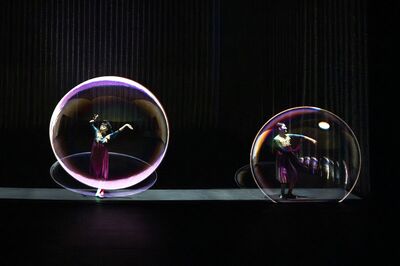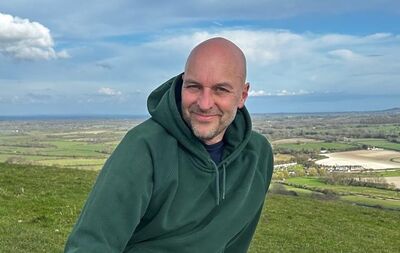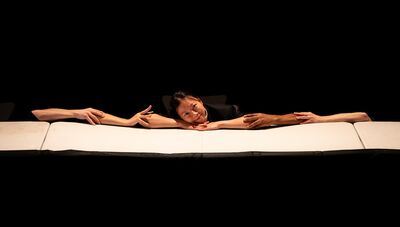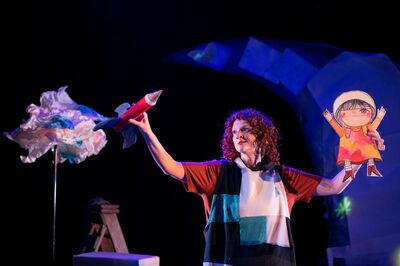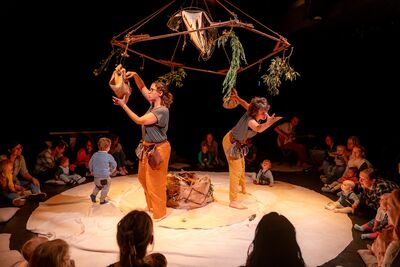News

Brighton Dome Comedy Festival returns this October for longer and with even more laughs!
Following the success of last year’s inaugural event, Brighton Dome Comedy Festival returns for an extended run from 17-26 Oct – a whole 5 days more laughter across Brighton Dome’s three venues for comedy fans of all ages.With the same inclusive mix…
Read more



